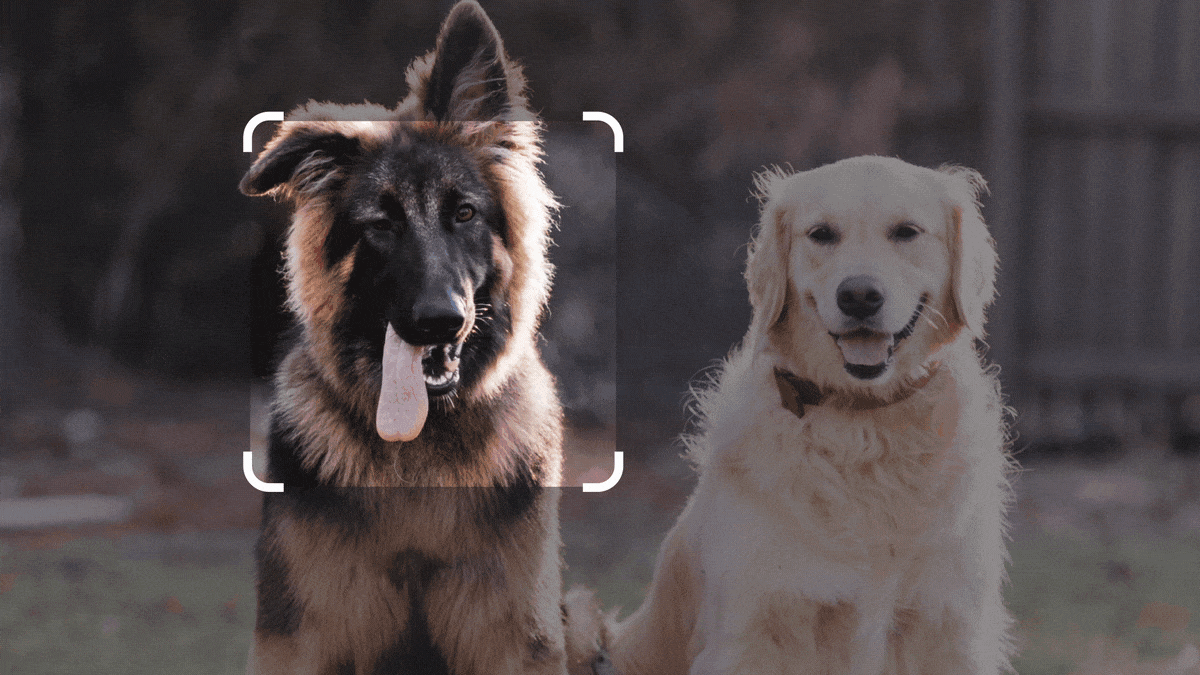It seems like Google’s Bard will hold capabilities similar to Chat GPT and Midjourney shows their latest blog post
Less than two months after its launch, Google’s Bard, an experimental generative AI collaboration tool (basically an alternative to the ever-so-popular Chat GPT), has achieved significant traction in the global AI community. The system, initially launched in the U.S. and U.K., is now available in over 180 countries and territories and supports languages such as English, Japanese, and Korean.
Coding capabilities
The Bard AI utilizes Google’s advanced language model, PaLM 2, which has enabled significant improvements in advanced math and reasoning skills, as well as coding capabilities. As a result, coding has quickly become one of the most popular uses for Bard, according to a recent blog post on Google’s site.
Image generation and processing
In addition to its expanded availability, Bard now offers improved visual interactions. Users can request information, such as recommended sights in a specific city, and receive a text response accompanied by rich visuals. Users will also soon have the ability to include images in their prompts, thereby enhancing their creative potential. Google is integrating Google Lens into Bard to facilitate this feature. Similar to how Midjourney AI image generation system works, Google showcased their image processing collaboration with Adobe in this GIF:

Google has also announced several coding upgrades for Bard, including more precise source citations, a user-friendly dark theme, and an export button that enables code to be run with Replit, starting with Python. To accommodate users who frequently use Bard for drafting emails and documents, Google is also introducing Export Actions that make it easy to transfer Bard’s responses to Gmail and Google Docs.

Google apps intergration
Looking ahead, Google plans to integrate Bard with popular Google apps and services such as Docs, Drive, Gmail, and Maps. The company also plans to connect Bard with various services from across the web, including extensions from outside partners. One such forthcoming collaboration is with Adobe Firefly, Adobe’s suite of creative generative AI models. This integration will allow Bard users to convert their creative ideas into high-quality images swiftly and easily.
Going forward
Google is eager to see how its user base will continue to collaborate with Bard and generate new possibilities. As they integrate Bard with more tools and services, the goal is to create a seamless collaborative environment between human imagination and Bard’s generative AI capabilities. Google seems excited and maybe a bit worried regarding the already existing competition. The future of Bard looks promising as Google is listening closely to user feedback.
Read all the details in Google’s latest blog post here.



